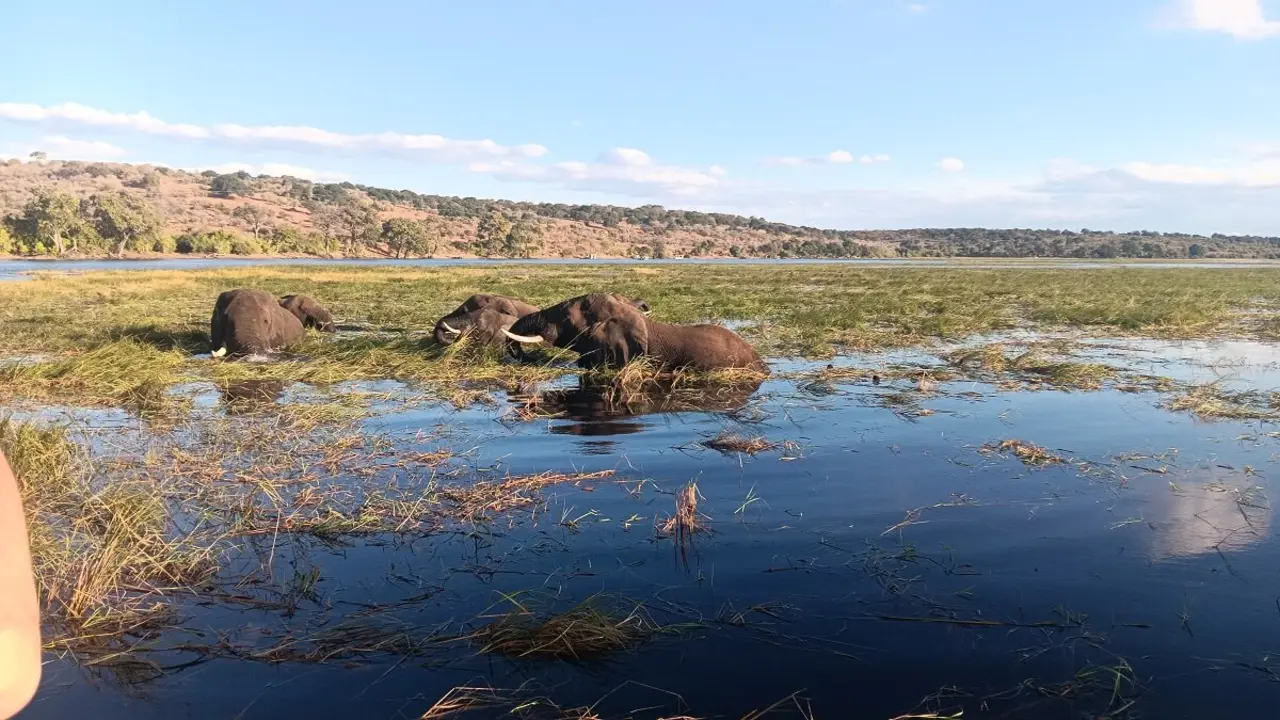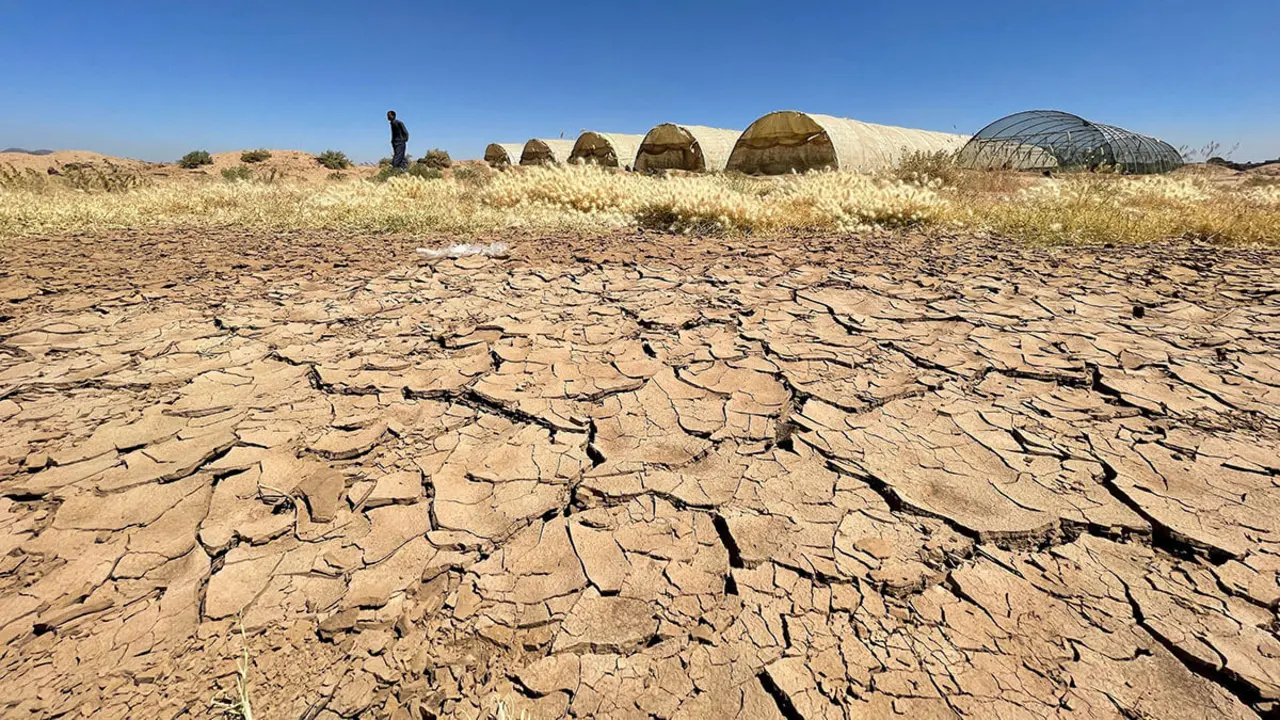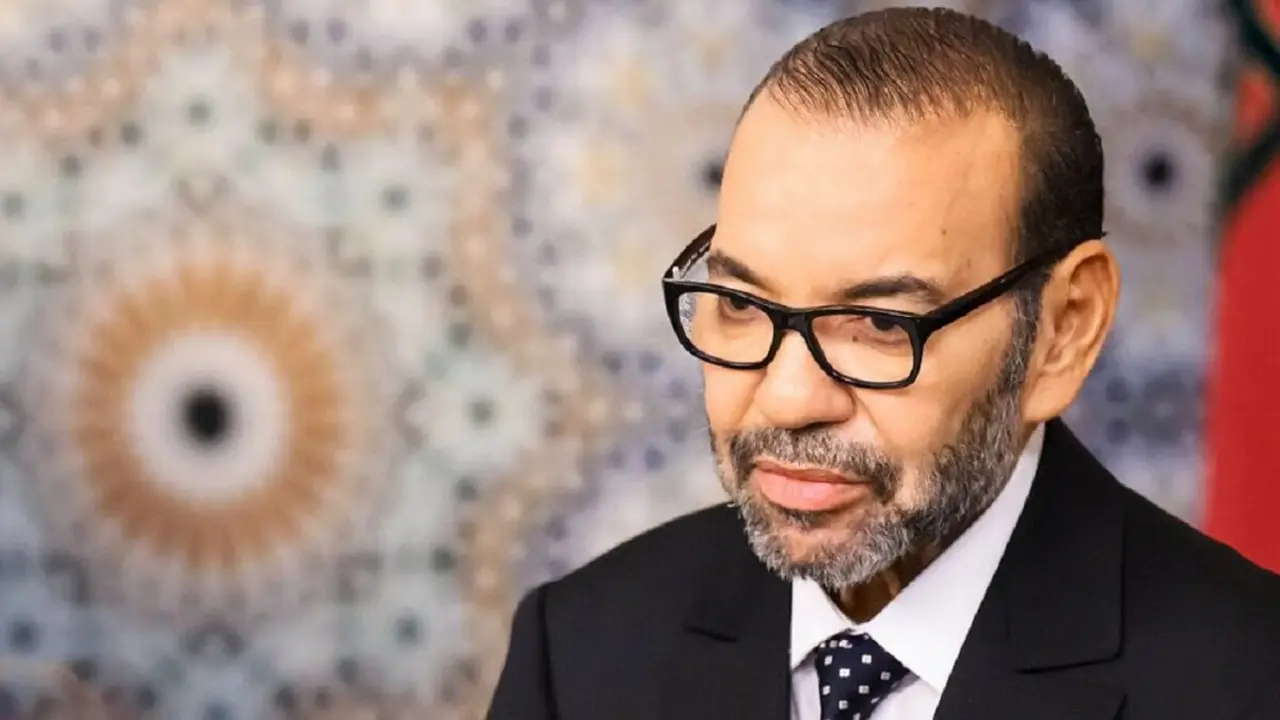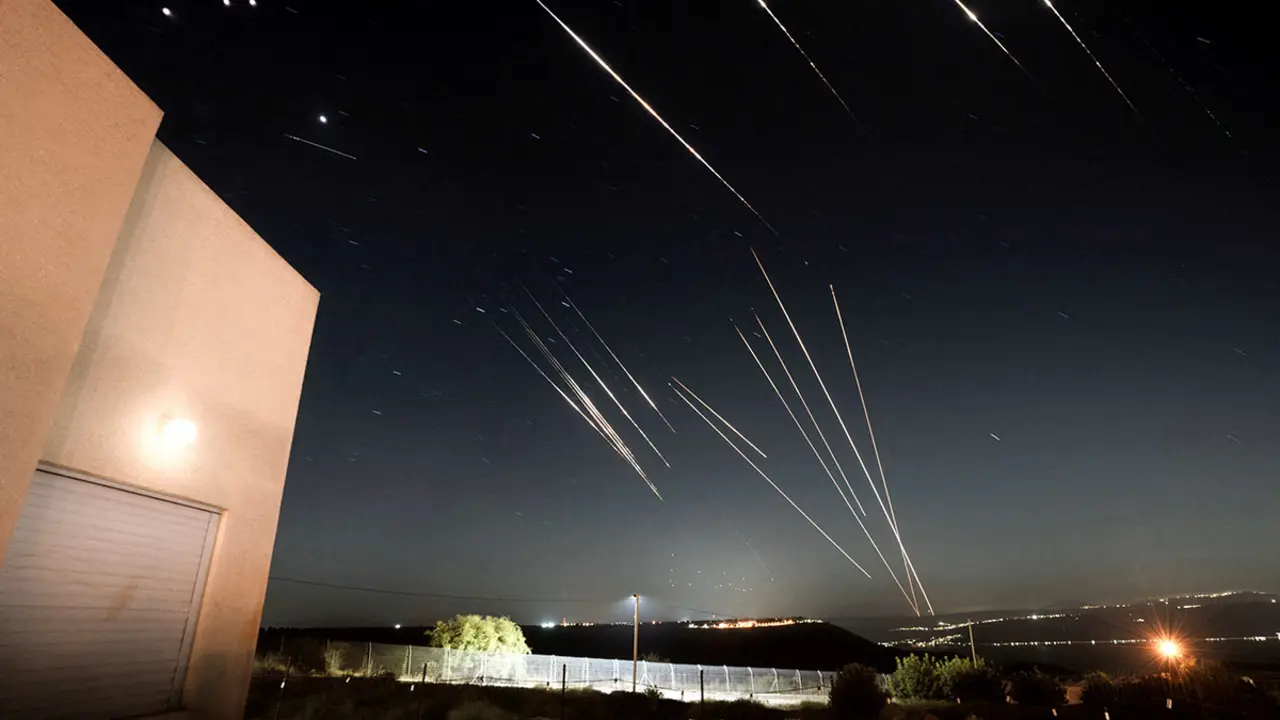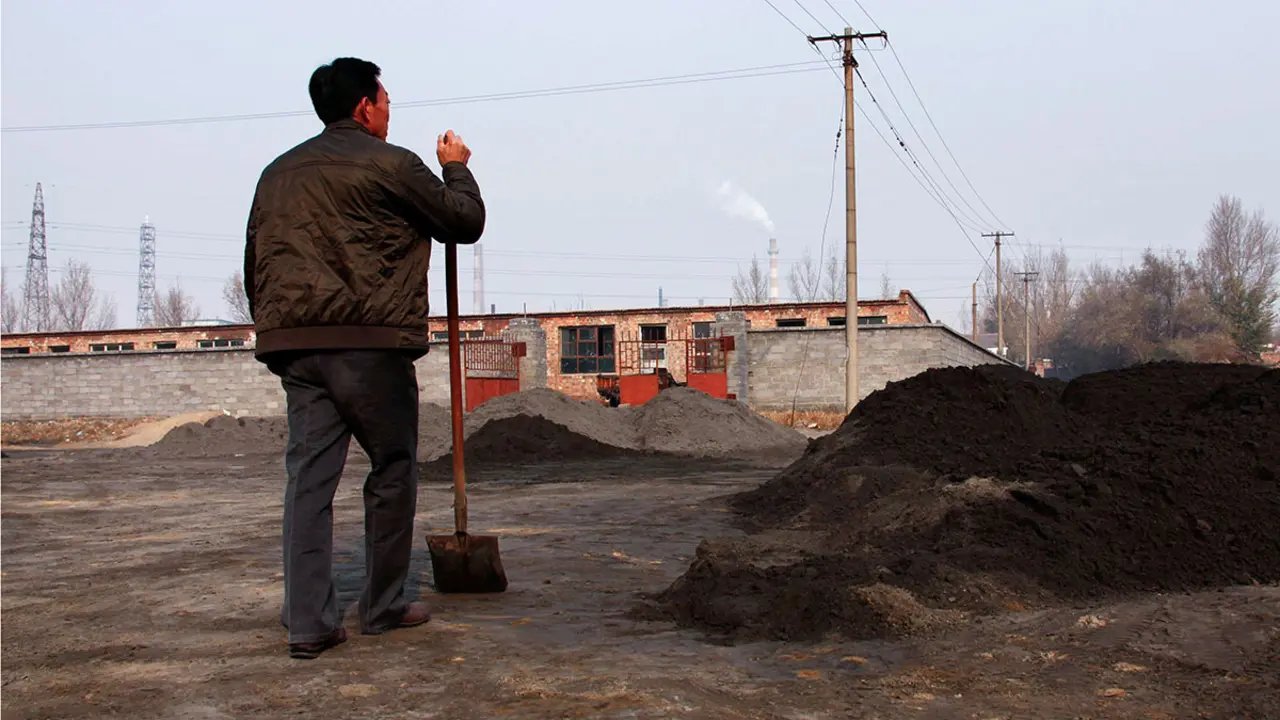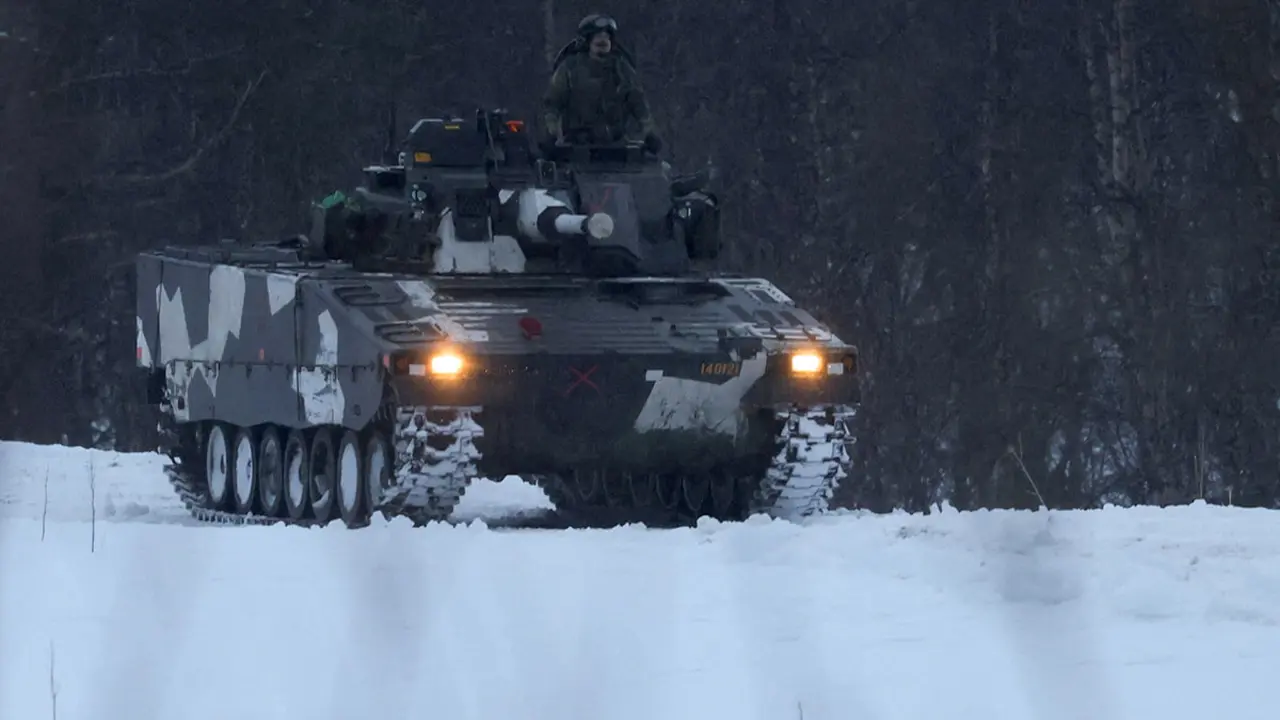Arctic geopolitics (I)

The Arctic region is not a key area for today's geopolitics. It was from the inter-war period onwards that it can be considered to have 'become a frontier for military science, both imaginatively and materially' (Farish, 2006, p. 177).
On 2 August 2007, Russia sent two submarines to the geographic North Pole and placed a Russian flag made of titanium on the seabed. This symbolic act served to explicitly demonstrate Russia's territorial claims, drawing international attention to the region.
It should not be forgotten that in 2001 Russia was the first country to apply to the United Nations to extend its Exclusive Economic Zone (EEZ) in the Arctic, which guarantees a state sovereignty over all resources within its boundaries. The reason given by Russia was that its continental shelf extends under the sea into the Arctic Ocean. The request was not accepted due to the lack of consensus on the geographical delimitation of undersea features in the Arctic. Canada and Denmark submitted similar requests to extend their sovereignty rights. However, these overlap with Russian claims, creating a conflict over the division of the Arctic Ocean that, due to the current international context, makes it an extremely sensitive issue.
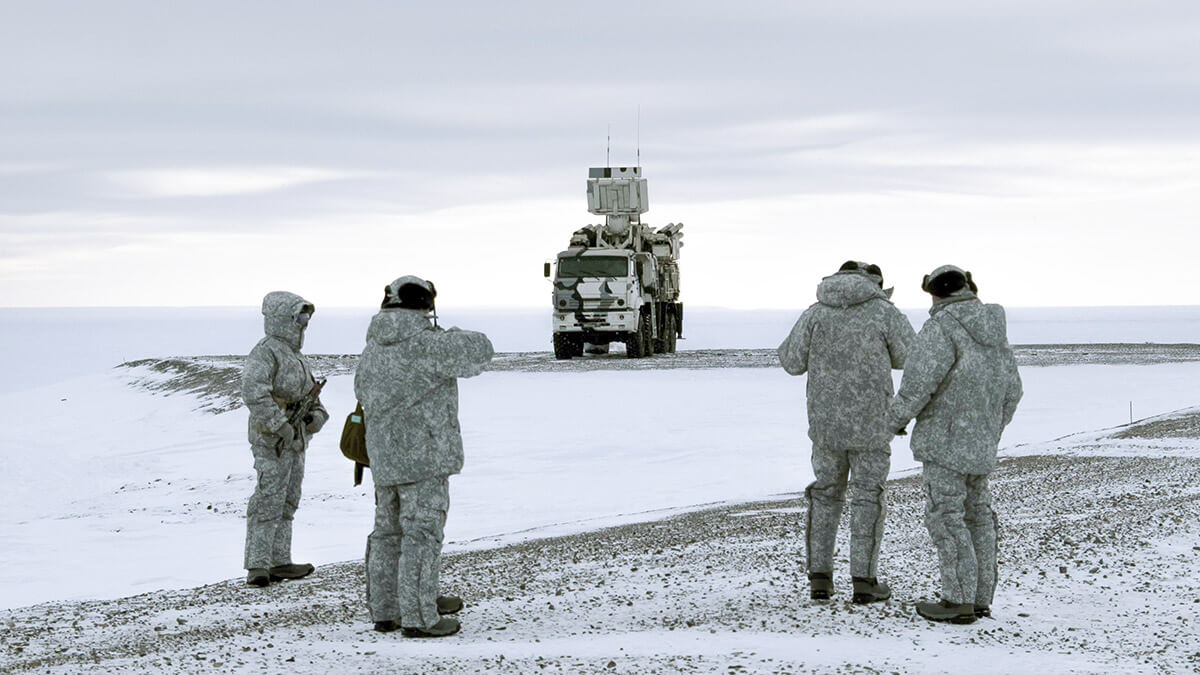
Similarly, as climate change progresses, the geopolitical importance of the Arctic is increasing. Many potential economic opportunities arise as a result of new possibilities for the exploitation of energy resources such as oil and gas, and new exploration of lucrative fishing grounds. In addition, the increasingly easy use of polar sea routes, which provide a shorter connection between Eurasia and North America, is attractive to many actors. These new opportunities create a new and different scenario where overlapping interests and important security challenges emerge.
In addition to all the factors mentioned above, the war has further complicated a situation that was slowly becoming tense. Even if the conflict has not spread to the Arctic, there is no doubt that it will have an impact on the geopolitical situation and cooperation between Arctic states.
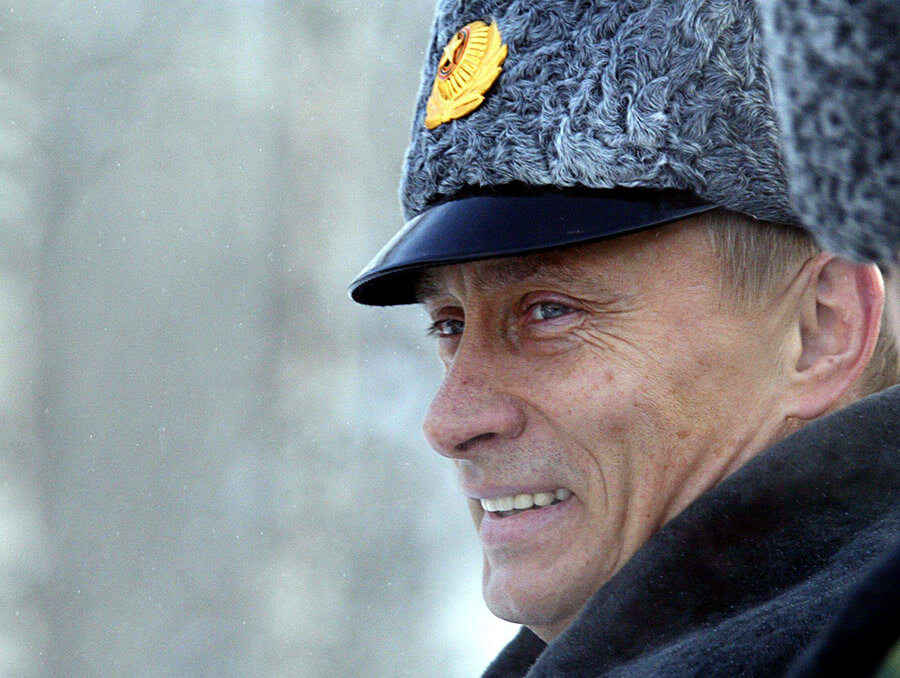
Russia's invasion of Ukraine in February 2022, among many other effects, has had a profound impact on the Arctic area. Until that precise moment, it was considered an exceptional region because of the high level of cooperation among all Arctic states, which resulted in a virtual absence of noteworthy tensions and accepted stability. Russia's initiation of war in 2022 has brought us back to reality and brought to light a situation that deep down we all knew would materialise sooner or later, making it clear that the region is no longer immune to the spread of conflict. The first consequence for the region was that what is known as the "A7" (Canada, Denmark via Greenland, Finland, Norway, Sweden and the United States) decided to halt all cooperation within the Arctic Council and its subsidiary bodies in response to Russian aggression.
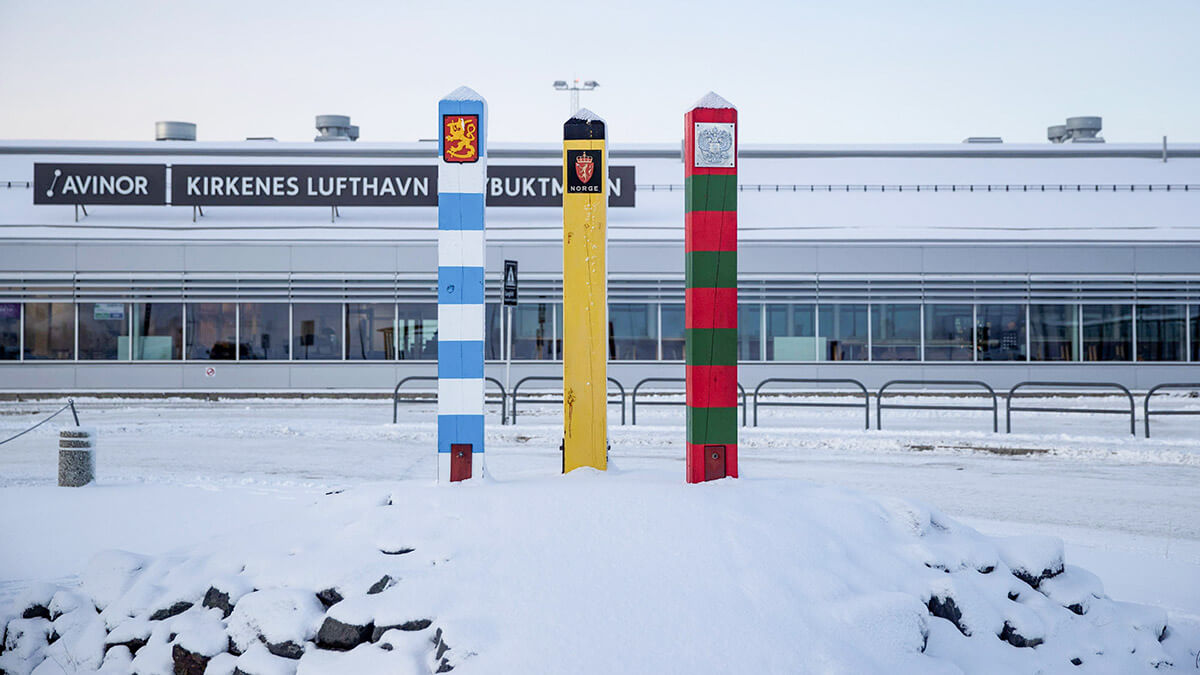
The Arctic Council was established in 1996 as the main regional intergovernmental platform. It consists of the eight states and six indigenous peoples' organisations in the region, and is designed to promote cooperation, coordination and interaction among Arctic states and to engage Arctic indigenous communities. It addresses issues of sustainable development and the protection of the Arctic environment. Military security is deliberately excluded to allow for open communication between the Western Arctic states and Russia.
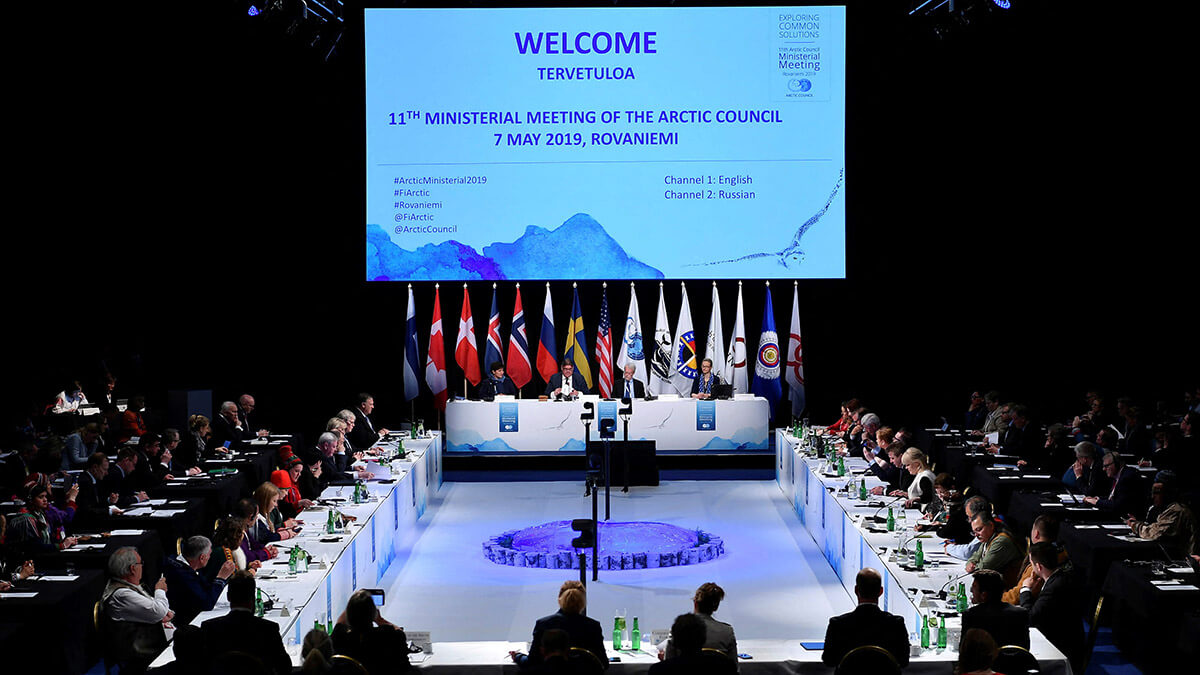
This decision was followed by other Arctic regional institutions, such as the Coast Guard Forum, which soon followed suit and also discontinued their cooperation with the Russian Federation. However, given the all-round importance of this part of the world, the Arctic Council has agreed new guidelines that allow its various Working Groups to resume their work, but questions about the future of Arctic governance and stability are very serious and increasingly worrying.
There is no doubt that the Russian invasion of Ukraine has been a crucial turning point for the Arctic and for cooperation among Arctic states. Prior to Russia's war against Ukraine, Arctic diplomacy not only provided solutions to region-specific issues through individual international institutions, but also served as a forum for diplomats to discuss non-Arctic issues in a relatively cordial and open atmosphere. With the Russian invasion, the positioning of Arctic Council members, its consequences and the ensuing A7 responses, Arctic diplomacy is no longer in a position to provide practical solutions to the range of concrete challenges and critical issues facing cooperation between Arctic states, their peoples and the environment.
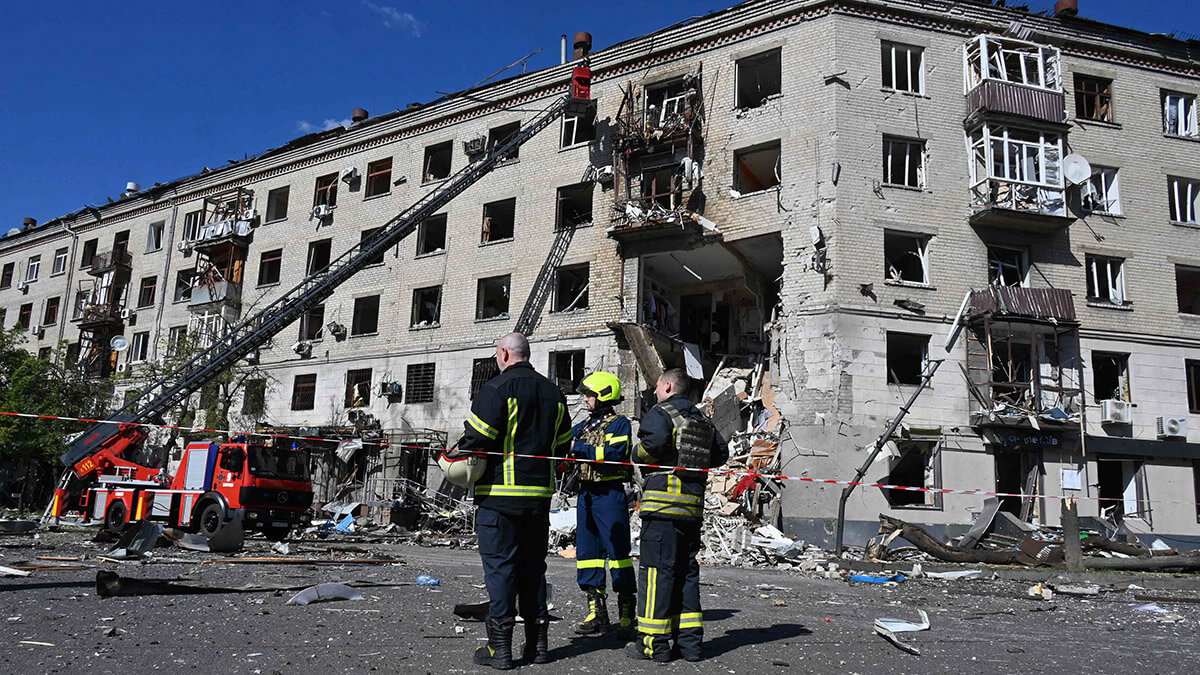
The region faces a number of critical short- and long-term issues whose practical solutions require the involvement of the A8 (Canada, Denmark through Greenland, Finland, Norway, Sweden, the United States and Russia), and this inexorably requires the re-establishment of Arctic diplomacy, involving Russia in one way or another. The idea that the Arctic can function in a 7+1 format makes no sense, as reality and geography are stubborn, and there is no denying the fact that the Russian Arctic is roughly half of the Arctic. Equally, one must be aware that the longer Arctic diplomacy remains stalled, the more difficult it will be to restart it, and thus the more space is left for unilateral decisions or actions that may become irreversible.

Some critical issues facing the region are a direct consequence of Russia's invasion of Ukraine, such as NATO enlargement, which has made seven of the eight Arctic states members of NATO - a logical step given the situation created by the conflict in Eastern Europe, but another element that increases the risk of conflict in the region. Others are the result of developments unrelated to Russian aggression, such as climate change, which may have devastating effects on Arctic societies and peoples, as well as repercussions on the region's geo-strategy.
Regardless of the origin of the various issues, the common denominator is that their solutions require the involvement of all eight Arctic states.

But if the Cold War superpowers began to move into the Arctic space in the 20th century, a new, non-regional actor with huge interests in the region, China, is now joining them in the 21st century. Through regular ship-based research expeditions, the establishment of permanent research stations and membership in many of the region's scientific institutions, China has begun its penetration of the area under the umbrella of being an increasingly competent scientific player in the Arctic. Beijing has maintained a scientific presence in the region since the late 1990s. Its first independent research cruise to the Arctic took place in 1999, and in 2004 it opened its first permanent research station in the Norwegian archipelago of Svalbard.
Since then, China's Arctic research programme has grown substantially, as evidenced by its participation in the fourth International Polar Year (2007-08) and the government's investment in new state-of-the-art polar research and logistics capabilities, such as the Xue Long 2 research icebreaker, China's first domestically built polar icebreaker, which entered service in 2019.
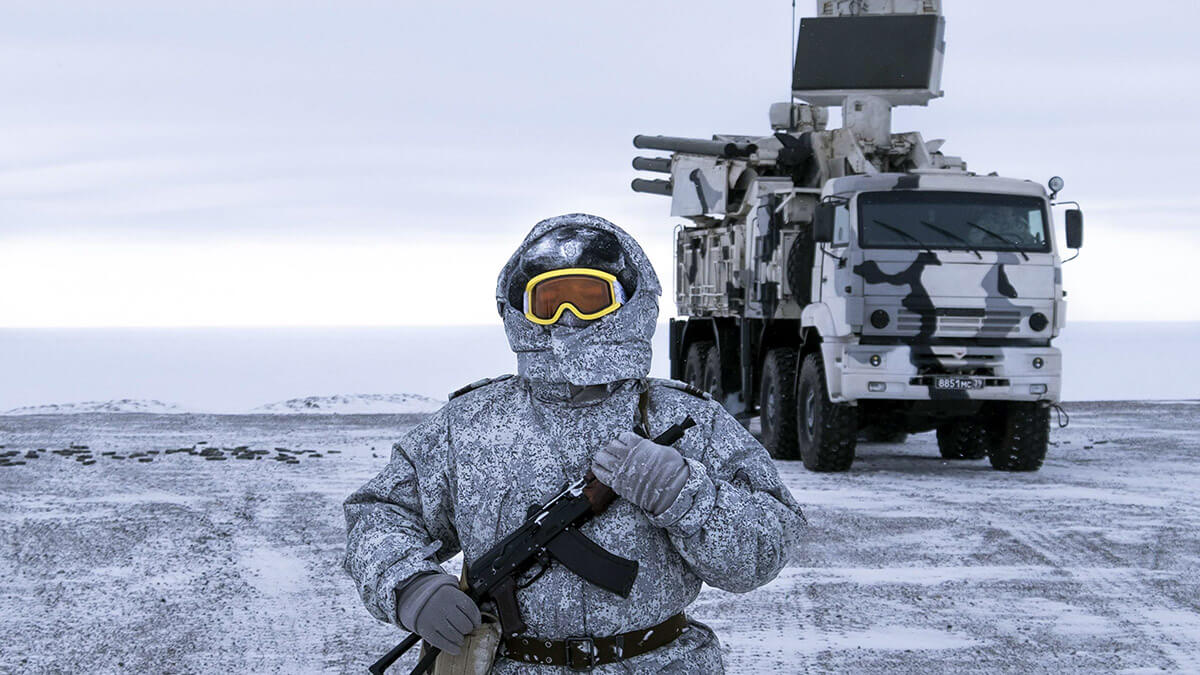
The Asian country's first official policy document on the Arctic was published in 2018. In it, Beijing emphasises its decades-long scientific presence in the region and how it is contributing to the international effort to increase Arctic knowledge as a key factor in legitimising its engagement in the region. The paper's storyline outlines how 'understanding' the Arctic is one of its main policy objectives, followed by the ability to exploit Arctic resources and potential Arctic shipping lanes, as well as to participate in regional governance.
China's progress towards a leading role in the region is highlighted by its status as an observer state in the Arctic Council, granted in 2013 on the basis of its contribution to advancing scientific knowledge about the Arctic environment. In this sense, science is often framed as Beijing's entry vector into Arctic governance mechanisms (a clear example of the usefulness of what is known as 'soft power'). Science as a vehicle for diplomacy has been a source of trust-building and transparency for China as its interests in the region have grown, or rather become more public. In this regard, a paradigmatic example was its ratification of the Agreement to Prevent Unregulated High Seas Fishing in the Central Arctic along with other science-based governance initiatives in the region. As Bertelsen (2020, p. 242) argues, scientific cooperation with the Arctic states has made it possible for China to integrate into the region "without... public displays of mistrust...".

The Arctic region has also joined the 'New Silk Road' initiative, Beijing's global plan to secure its trade routes and reach every corner of the world with the announcement that it intends to build a 'Polar Silk Road' across the Arctic Ocean, connecting East Asia and the North Atlantic through a trans-Arctic economic corridor. And this is the main key to China's interest. For geographical reasons, the Asian giant cannot aspire to the exploitation of the region's mineral and energy resources, but the opening of the polar route would have an incalculable impact on an economy that depends on the export of its goods and whose dependence is almost exclusive on maritime routes. Regular use of this new route would reduce the time and distance of current routes by fifty percent and, in the worst case scenario, would ensure an alternative route if there were difficulties with the one used so far. All of this without ignoring the importance of exploiting the fishing grounds that will be accessible in the medium term.
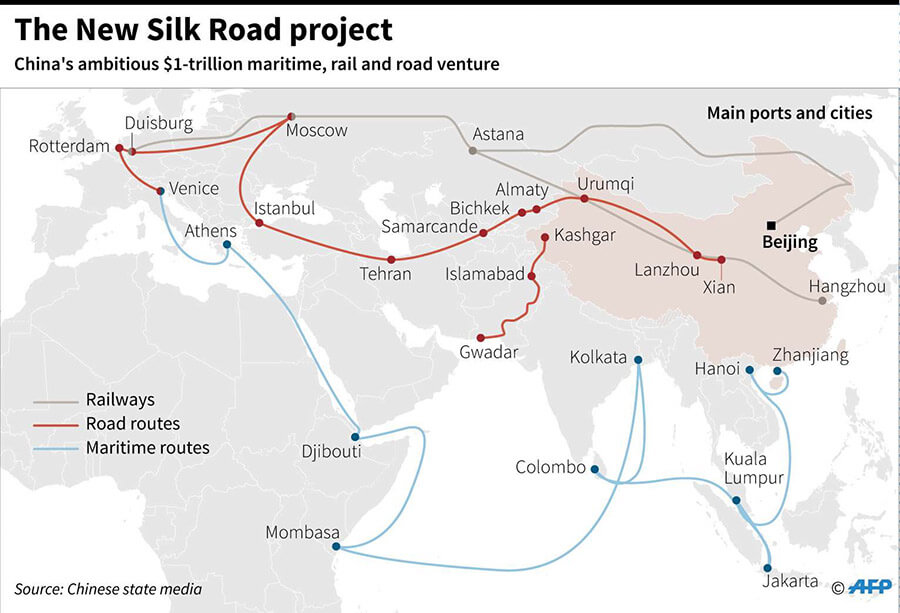
As we can see, this remote and white region, until recently almost forgotten, and which we discussed in this space a few years ago, is becoming more important every day, and it is safe to say that sooner rather than later it will become a key element in world geopolitics that will generate new tensions.



